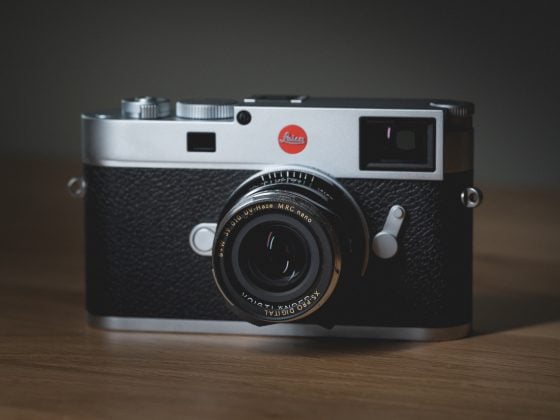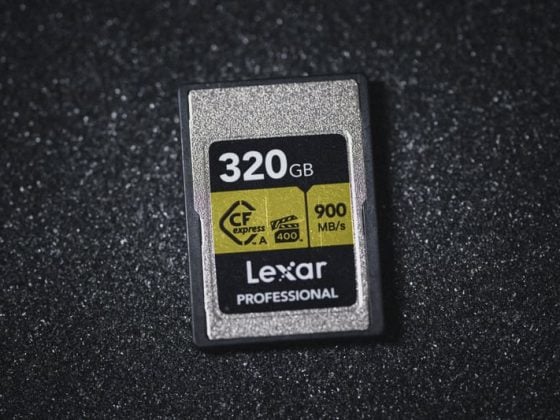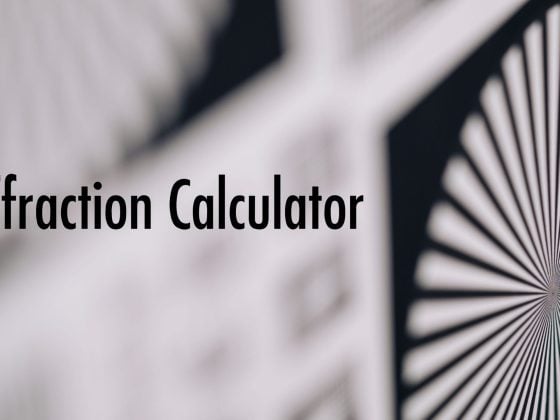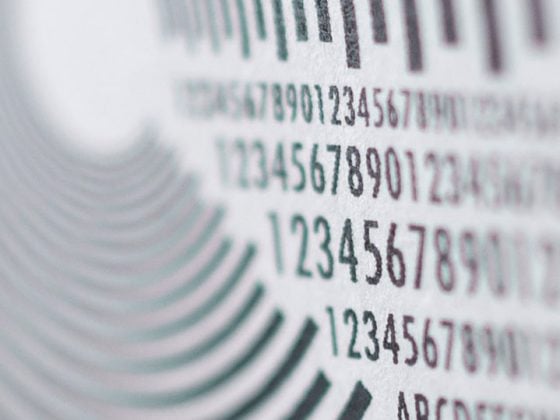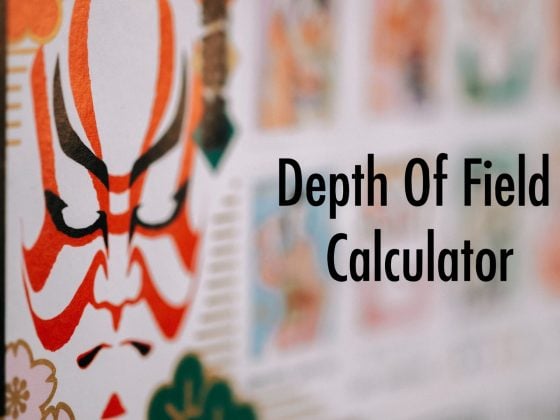By using a shutter speed to shutter angle calculator, photographers can easily determine the equivalent shutter speed for a given shutter angle or vice versa. This is particularly useful for cinematographers trying to match the exposure and motion blur between shots or for photographers trying to achieve a specific exposure in challenging lighting conditions.
Here are two easy calculators to help you convert shutter angle to shutter speed or vice versa.
Shutter Speed to Shutter Angle Calculator
Shutter Angle to Shutter Speed Calculator
Why do you need this?
First, the “film look” isn’t just a 180-degree shutter angle. This is an old wives’ tale; you need to get this out of your head. It’s a different story when you are dealing with slow motion, but the shutter angle is just shutter speed as it relates to frames per second.
At 60fps, a 180-degree shutter angle will not look cinematic even remotely. Even if you slow it back down to 30fps, each individual frame was still exposed to a 1/120 shutter. 1/120 motion blur.
What makes the film look is a motion blur, frames per second too, but mostly motion blur. Get your shutter speed close to 1/48.
If you’re shooting at 30fps and still want the film motion blur you get from the 1/48 shutter, you can use a 225-degree shutter angle.
Dealing With Different Cities Lighting
Tokyo and Japan run their networks at NTSC; however, Tokyo’s power grid in northern Japan is 50Hz, and southern Japan south of Osaka is 60Hz. When shooting in Japan at NTSC shutter speeds, you must be conscious of your shutter angle or frames per second to avoid flickering light.
At 30fps in Tokyo, you’ll want to use a shutter angle of around 216. But if you go to Fukuoka, you’ll want to use 180 or 225 if you want that 1/48 shutter.
Or if you’re shooting at 24 fps, you may be able to shoot at a shutter angle of 172 to reduce flickering in Tokyo if you are still seeing it at the 180 shutter.
How The Shutter Angles Work In Cinema Cameras
The shutter angle is related to the camera’s frame rate, which is the number of frames captured per second. For example, if a camera is set to a frame rate of 24 frames per second and a 180-degree shutter angle, the shutter will be open for half the time that each frame is recorded, resulting in a 1/48 shutter speed. 360 degrees would equate to the shutter being opened for the full time the frame is exposed, resulting in a 1/24 shutter speed.
1/48 or a 180-degree shutter at 24 frames per second results in a balanced exposure and natural-looking motion in the captured images.
By adjusting the shutter angle, filmmakers can control the motion and exposure in their images. Shutter angles less than 180 degrees result in faster shutter speeds and less motion blur, while shutter angles greater than 180 degrees result in slower shutter speeds and more motion blur. For instance, a 90-degree shutter angle with a 24-frame-per-second frame rate would result in significantly less motion blur, while a 270-degree shutter angle would result in more motion blur.
The ability to adjust the shutter angle is a valuable tool for filmmakers, as it allows them to give their footage a unique look and feel and convey different moods and emotions.
In summary, the shutter angle in a cinema film camera plays an important role in the capturing process, as it determines the time the film is exposed to light. By understanding how the shutter angle relates to the frame rate, filmmakers can use this tool to their advantage and create the desired look and feel in their images.
| **This website contains affiliate links. We will earn a small commission on purchases made through these links. Some of the links used in these articles will direct you to Amazon. As an Amazon Associate, I earn from qualifying purchases. |

